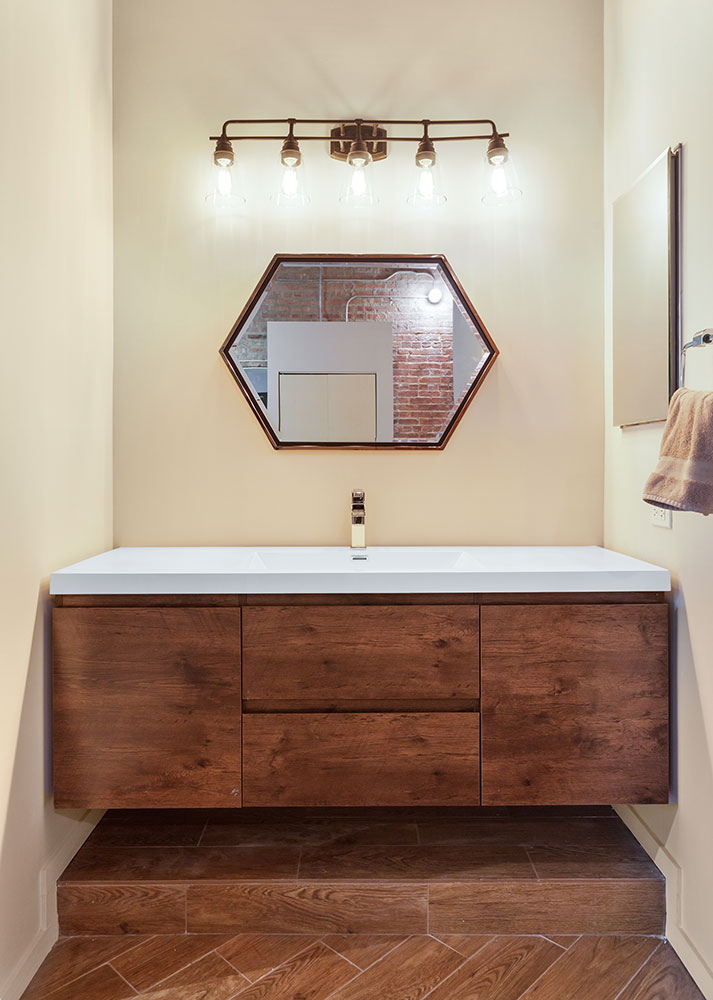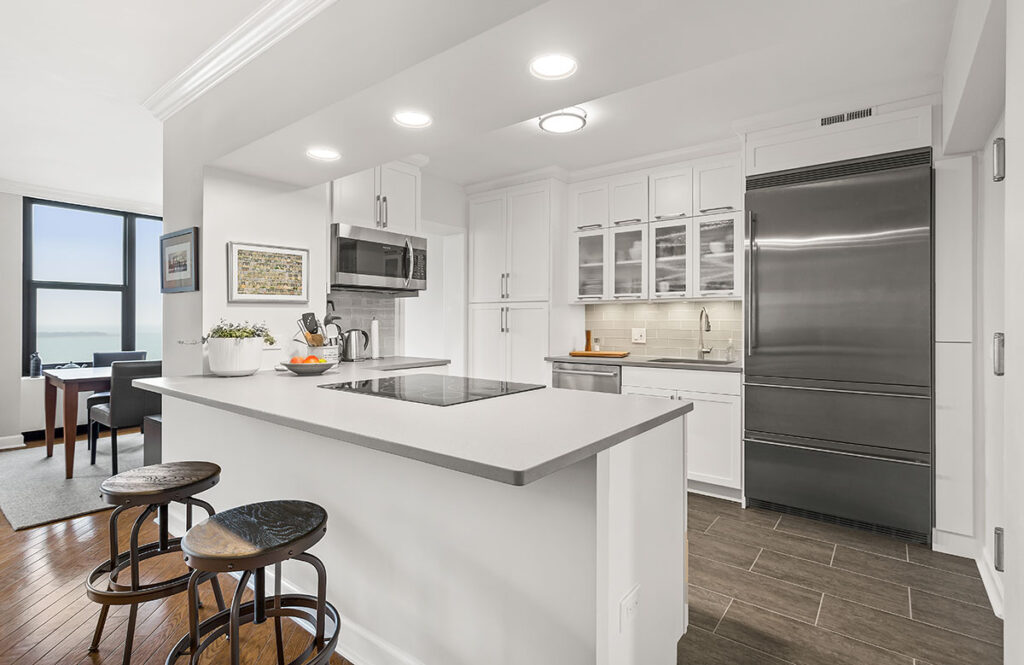Are you looking to breathe new life into your living room? Whether your space needs a minor refresh or a major makeover, the right remodeling ideas can turn your living room into a beautiful and functional area that reflects your personal style and meets your everyday needs. From embracing the sleek lines of modern minimalism to creating a cozy bohemian retreat, there are endless ways to transform your space. In this guide, we explore 12 distinct living room styles that cater to a variety of tastes and lifestyles.
Each style is broken down with detailed elements and practical tips to help you seamlessly integrate these ideas into your home. Whether you're looking to create a tech-savvy lounge or a nature-inspired haven, get ready to find the inspiration you need to make your living room a place where comfort meets style. Let’s dive into these transformative ideas and start your journey to a more inviting living room!

- Modern Minimalist:
- Style Elements: Opt for a monochromatic color scheme with shades of white, gray, or black. Use streamlined furniture with minimal detailing.
- Functional Features: Emphasize open spaces and natural light. Consider sleek, low-profile sofas, geometric coffee tables, and recessed lighting. - Bohemian Chic:
- Style Elements: Mix and match rich, vibrant colors like turquoise, mustard yellow, and deep red. Layer textiles like throw pillows, rugs, and tapestries.
- Functional Features: Incorporate flexible seating arrangements, like floor cushions or a daybed, to create a relaxed atmosphere. - Industrial Edge:
- Style Elements: Use elements like exposed steel beams, distressed wood furniture, and concrete flooring. Metal pendant lights and vintage furniture can add character.
- Functional Features: Open shelving units made of metal and wood can be both practical and decorative, adding to the industrial vibe. - Scandinavian Simplicity:
- Style Elements: Focus on functionality and simplicity with clean lines. Furniture is often low to the ground and features natural wood.
- Functional Features: Use light-colored walls and large mirrors to make the space feel larger and brighter. - Traditional Elegance:
- Style Elements: Feature deep wood finishes, detailed moldings, and elegant furniture pieces like wingback chairs or a Chesterfield sofa.
- Functional Features: Create a focal point with a large, ornate fireplace or a classic wood-paneled bookcase. - High-Tech Lounge:
- Style Elements: Modern, sleek furniture with smooth surfaces and minimalistic design. Color schemes are often neutral with bold accents.
- Functional Features: Incorporate advanced technology like smart speakers, automated lighting systems, and modern entertainment centers. - Rustic Retreat:
- Style Elements: Use natural materials such as rough-hewn wood beams, distressed leather furniture, and cozy, thick-knit throws.
- Functional Features: A stone fireplace can be a comforting centerpiece. Large, plush sofas offer a great place to relax. - Coastal Breeze:
- Style Elements: Decorate with light fabrics, driftwood accents, and shell or coastal-themed decor.
- Functional Features: Opt for casual and comfortable furniture that invites relaxation. Window treatments should allow for plenty of natural light. - Gallery Inspired:
- Style Elements: Keep walls predominantly white to make artwork stand out. Minimalist shelves or picture ledges can be used to display pieces.
- Functional Features: Use adjustable ceiling spotlights to highlight art and low-profile furniture that doesn't distract from the displayed works. - Retro Revival:
- Style Elements: Choose vibrant colors like orange, avocado green, and mustard yellow. Look for vintage or reproduction pieces from the era.
- Functional Features: Incorporate iconic items like a Sputnik chandelier or a geometric bar cart. Use shag rugs and pop art for a fun touch. - Luxurious Glam:
- Style Elements: Use rich, opulent materials like crushed velvet and silk. Decorate with jewel tones and accents of gold or silver.
- Functional Features: Add luxurious touches like an ornate mirror, crystal decanters, and plush throw pillows. - Nature-Inspired:
- Style Elements: Focus on materials and colors that evoke the outdoors, like stone, wood, and greens or browns.
- Functional Features: Large windows or glass doors that open to outdoor views can reinforce the connection to nature. Include indoor water features for a soothing sound.
As we've explored a wide array of living room remodeling ideas, from the minimalist touch of Scandinavian design to the luxurious appeal of glam decor, it's clear that your living room is more than just a space—it's a canvas for your creativity and personal expression. Each style offers unique elements that can enhance your home’s ambiance and functionality. Remember, the best remodel combines aesthetic appeal with practicality, reflecting your lifestyle and personal taste.
Whether you're ready to undertake a full renovation or are looking for small updates that make a big impact, these ideas are designed to inspire and guide you through the process of transforming your living room into a place you love. Take the time to consider what feels right for your space and what will make it truly yours. Happy remodeling!


